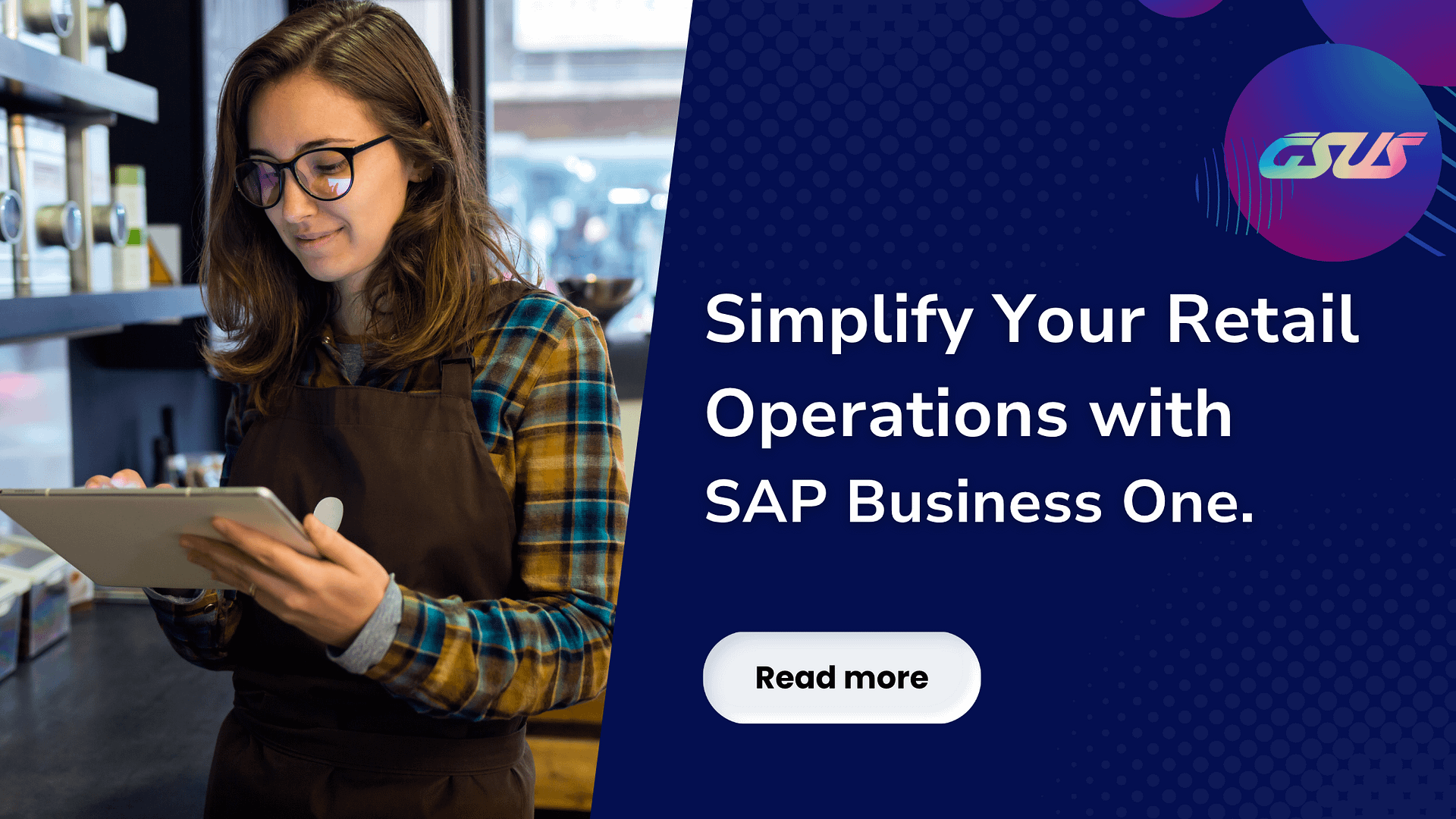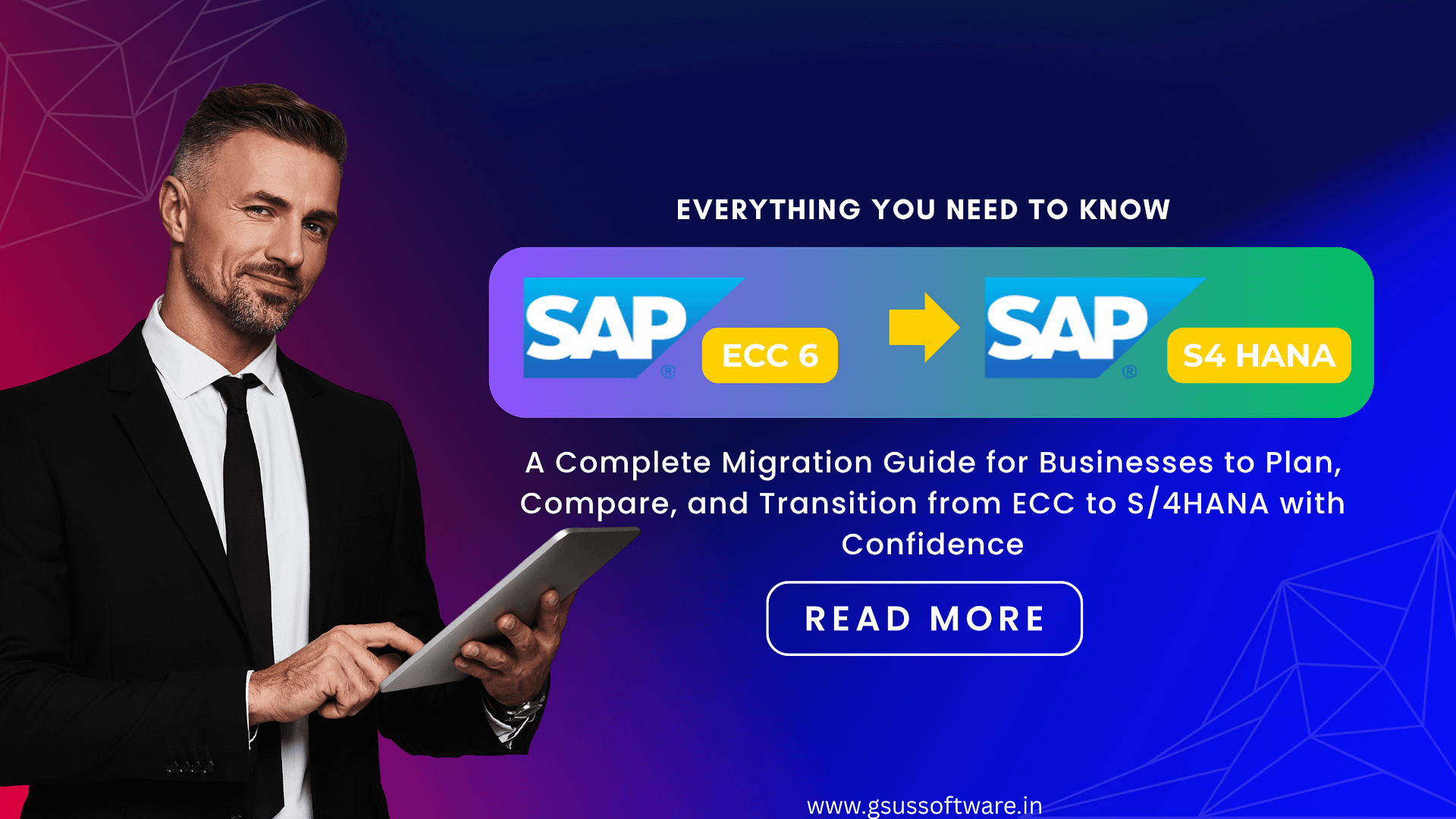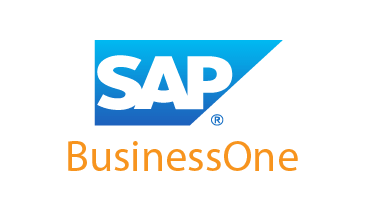With SAP ECC support ending in 2027, businesses must shift to SAP S/4HANA to stay secure, compliant, and future-ready. Yet, for many, this transformation still feels daunting.
In this enhanced guide, we’ll not only walk you through every step from planning to go-live but also show how GSUS Software simplifies the journey with industry-specific expertise, tools, and post-migration optimization.
Why Migrate Now? Risk, Compliance & Innovation Pressure
SAP ECC has served businesses well for decades. But the digital era demands more agility. Here’s why migrating to S/4HANA now is urgent:
ECC Risks After 2027 | S/4HANA Benefits |
|---|---|
No official SAP support | Guaranteed long-term SAP support |
Outdated architecture | Real-time in-memory database (HANA) |
Poor UX (SAP GUI) | Role-based UI (SAP Fiori) |
Expensive third-party maintenance | Lower TCO with intelligent cloud systems |
No access to AI/ML/IoT capabilities | Built-in smart business innovation |
Insight: According to Deloitte, 79% of SAP customers planning transformation view S/4HANA as a growth enabler, not just an upgrade.
Key Migration Phases – Explained by Experts
1. Strategic Planning & Readiness
What You Should Do:
- Define business goals (agility, speed, innovation)
- Map existing ECC usage across departments
- Choose the right S/4HANA version:
- Public Cloud (fast, standard)
- Private Cloud (customizable)
- On-Premise (full control)
- Public Cloud (fast, standard)
Related: GSUS SAP Business One Implementation Services
What GSUS Delivers:
- Deployment model advisory
- Process gap analysis
- Executive-level transformation roadmap
2. ECC System Readiness Check
SAP’s Readiness Check Tool evaluates:
- System compatibility
- Simplification items
- Data volume insights
- Custom code conflicts
- Impact on current business processes
GSUS runs readiness audits using SAP tools plus our proprietary benchmarking framework to reduce uncertainty early.
Tools Used:
- SAP Readiness Check
- Maintenance Planner
- Simplification Item Catalog
- Custom Code Migration App
3. Data Analysis, Segmentation & Cleansing
Not all data needs to migrate. A hot-warm-cold classification helps:
Data Type | Description | Action |
Hot Data | Frequently used, critical ops data | Fully migrate to S/4HANA |
Warm Data | Occasionally accessed, still relevant | Store but with lower frequency |
Cold Data | Rarely used, legacy/archive info | Archive or store externally |
SAP Tools:
- SAP Data Services
- SAP Information Steward
- SAP ILM (Information Lifecycle Management)
🔗 Need help? Check out our Custom App Development Services
4. Migration Strategy Selection
Strategy | When to Use |
Greenfield | If you want to start fresh, modernize processes completely |
Brownfield | If you want to retain existing workflows, faster deployment |
Hybrid | If you have complex setups and need phased rollouts |
Pro Tip: Hybrid is increasingly popular among multi-country deployments and legacy-heavy industries like manufacturing or pharma.
5. Custom Code Adaptation
SAP’s simplification of data models breaks compatibility with many custom codes. GSUS helps:
- Identify unused, broken or conflicting custom code
- Redesign using S/4HANA best practices
- Rebuild in Fiori-compatible formats
Outcome: Reduce technical debt, improve maintainability, and accelerate go-live.
6. Migration & Cutover with Software Upgrade Manager (SUM)
SUM handles:
- ECC upgrade to latest release
- HANA database conversion
- Post-migration adjustments
- Real-time error checks and rollbacks
GSUS manages full-scale migrations or phased rollouts based on downtime tolerance.
Did you know? Migrating via SUM typically saves up to 25% project time when used with the Readiness Check.
7. User Training, UAT & Hypercare
We support you with:
- Customized S/4HANA training sessions
- Functional and regression testing
- Post-go-live support (30 to 90 days)
- System monitoring and feedback analysis
Make the Switch: The Right Way
Migrating from SAP ECC to S/4HANA is not a routine upgrade: it’s a once-in-a-decade transformation opportunity. With support ending in 2027, proactive businesses are already on the move.
A Brownfield (system conversion) is typically fastest, but it depends on system complexity and business goals.
No. S/4HANA is available in Public Cloud, Private Cloud, and On-Premise options.
Some, yes. GSUS helps analyze and adapt compatible code. Others may require rebuilds.
Manufacturing, Retail, Pharma, Automotive, Electronics, FMCG, and more.


